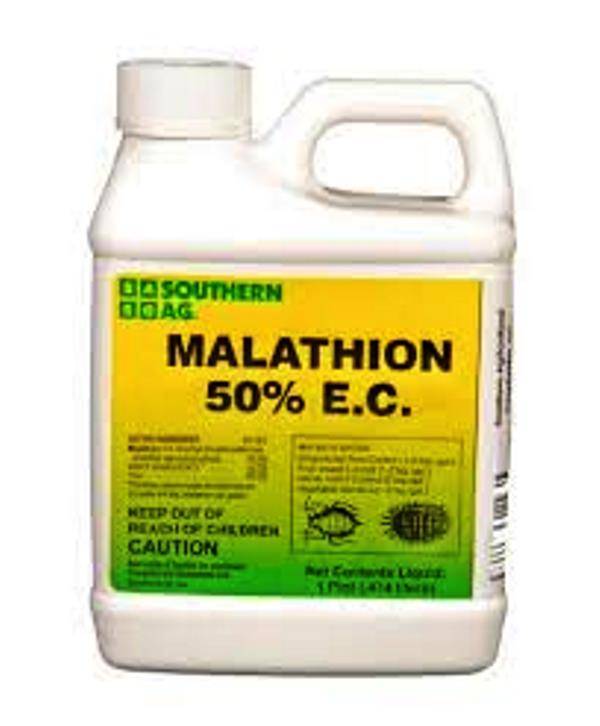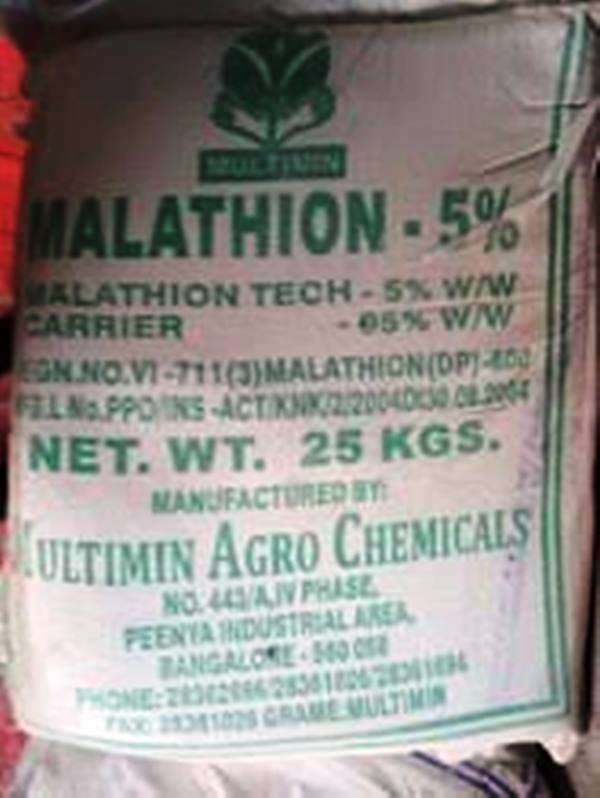
Despite logistics and other challenges posed by Coronavirus lockdown in the country, HIL (India) Limited a Public Sector Undertaking under the Department of Chemicals & Petrochemicals, Ministry of Chemicals & Fertilizers ensured timely production as well as supply of pesticides for farming community.
Hil (India) Limited is a Private incorporated on 11 March 1954. It is classified as Union Govt company and is registered at Registrar of Companies, Delhi. Its authorized share capital is Rs. 1,000,000,000 and its paid up capital is Rs. 913,324,030. It is involved in Manufacture of other chemical products
HIL is now in process of production and supply of 25 MT Malathion Technical for supply control program to Iran under Government to Government arrangement. Union Ministry of External Affairs ( MEA ) has approached HIL for manufacturing and supply of said commodity to Iran.
Spring breeding continues in southern Iran and southwest Pakistan where control operations are in progress against hopper groups and bands as well as an increasing number of adult groups. As vegetation dries out, more groups and swarms will form and move from these areas to the summer breeding areas along both sides of the Indo-Pakistan border as several waves from now until at least early July. Good rains are predicted during the first half of June along the Indo-Pakistan border that would allow egg-laying to occur. This should reduce the further eastward movement of swarms that have already arrived in Rajasthan, India.

Historically, the Desert Locust has always been a major threat to man’s well-being. The Desert Locust is mentioned as curse to mankind in ancient writings viz. Locust problems in Southwest Asia have a long history and probably began when crops were first cultivated. Several species of locust occur in the region but the Desert Locust (Schistocerca gregaria) is by far the most important. Locusts are mentioned in Sanskrit literature in particular in the epic poem Mahabharata where Karna includes locusts in a “poetically beautiful” speech when he encounters his rival Arjuna on the battlefield. The earliest known Sanskrit text dates to about 400 BCE but the poem is thought to have existed as early as 750 BCE. Equally ancient mention is made in the Iranian Zoroastrian Vendidad where the locust is one of the xrafstra or evil creations of Angra Mainya. Locusts are mentioned in the Al-Araf chapter 7 of the Koran. The magnitude of the damage and loss caused by the locusts is very gigantic beyond imagination as they have caused the starvation due to its being polyphagous feeder, and on an average small locust swarm eats as much food in one day as about 10 elephants, 25 camels or 2500 people. Locust do cause damage by devouring the leaves, flowers, fruits, seeds, bark and growing points and also by breaking down trees because of their weight when they settle down in masses. It has been estimated that in India damage to crops caused by locusts was about Rupees 10 crore during 1926–31 plague cycle. During 1940–46 and 1949–55 locust plague cycles, the damage was estimated at Rs. 2.00 crore each and it was Rs. 50.00 lakhs during the last locust plague cycle (1959–62). Although no locust plague cycles have been observed after 1962, however, during 1978 and 1993, large scale upsurges were reported.
Credit rating of Central PSU upgraded to BBB- from BB, which is a stable investment grade.
The Company has exported 10 MT of fungicide - Mancozeb to Latin American country, Peru and another 12 MT will be exported in next one week.
HIL has also signed an agreement with Ministry of Agriculture and Famers Welfare for the supply of Malathion Technical to Rajasthan and Gujarat for Locust Control Programme. HIL had manufactured and supplied 67 MT of Malathion Technical till last week. HIL supplied to malathion Technical to municipal corporations for dengue and chikungunya control programme.
During the lockdown period till 15th May 2020, HIL produced 120 MT of Malathion Technical, 120.40 MT of DDT Technical , 288 MT of DDT 50 percent , 21 MT of HILGOLD (Water Soluble Fertilizer), 12 MT of Mancozeb Fungicide for Exports and 35 MT of different agrochemical formulations so that farming community and health department may not feel the heat of lockdown.
Source - PIB















